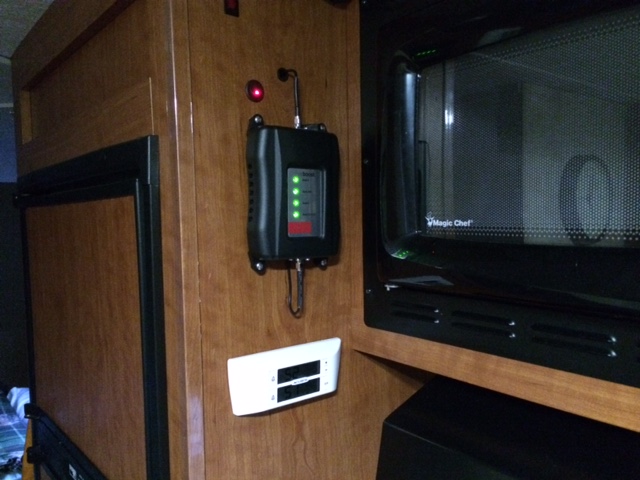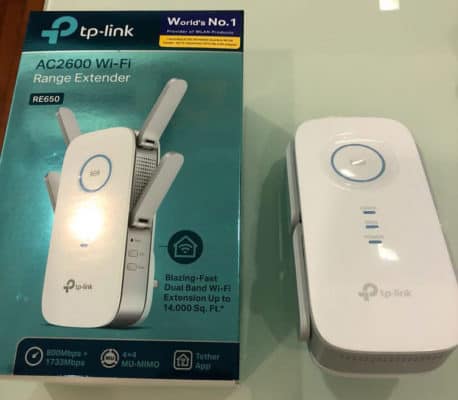

For example, some signal boosters can’t be used while on the move due to the interference they cause with local operations. You’re going to want to know the FCC rules regarding the use of your signal booster.You’ll also need to familiarize yourself with the design of your RV and make sure you find one that you can reliably mount using the hardware provided. Boosters aren’t always the best solution, as they may result in low data speeds and don’t work when there’s an overloaded tower or an already good signal. When shopping for a signal booster, keep in mind where you’ll be traveling and how you’ll be using it. A booster pushes your signal as close as it can get to -50 dBm, but if your signal is at -120 dBm at your current location, it’s unlikely the booster will be able to get enough of a signal to do its work. When you look at your phone and see no bars, you’re ranging closer to -120 dBm.

When you reach -50 dBm, your phone is at full bars. Cell phone signals will usually range from -50 dBm, which is decibel milliwatts, to -120 dBm. For that reason, you’ll see their performance listed in decibels. Many RV boosters come with mounting hardware to ensure they stay put once you’ve installed them.Īs cell phone waves are radio waves, signal boosters use bands like CB radios. For best results, place the antenna as high as possible to give it the best chance of receiving an unimpeded signal. If you’re buying a signal booster for use in your RV, you’ll need a way to mount it somewhere on the outside.

Each of those components is connected by a coaxial cable to maintain the integrity of the boosted signal. Signal boosters have three main components: an external antenna to capture a signal, an amplifier to boost that signal and an indoor antenna to rebroadcast the signal to the immediate area. The result is that you don’t have to worry about being out of touch for the week that you’re camping with your family in the woods or traveling through rural areas to get to your next destination. As you send information out from your device, the signal booster goes right to work, grabbing your message and sending it to the closest tower. They search for a nearby signal, connect and rebroadcast that signal into the nearby area. The first thing you should know is that boosters can’t make a connection happen where there isn’t one.

That’s where an RV cell phone booster can come in. But as you hit those remote locations, getting a signal to use your beloved devices can be challenging. Traveling in an RV is a unique experience, allowing you to spend time camping or to travel from one place to another without cumbersome and expensive hotel check-ins.


 0 kommentar(er)
0 kommentar(er)
